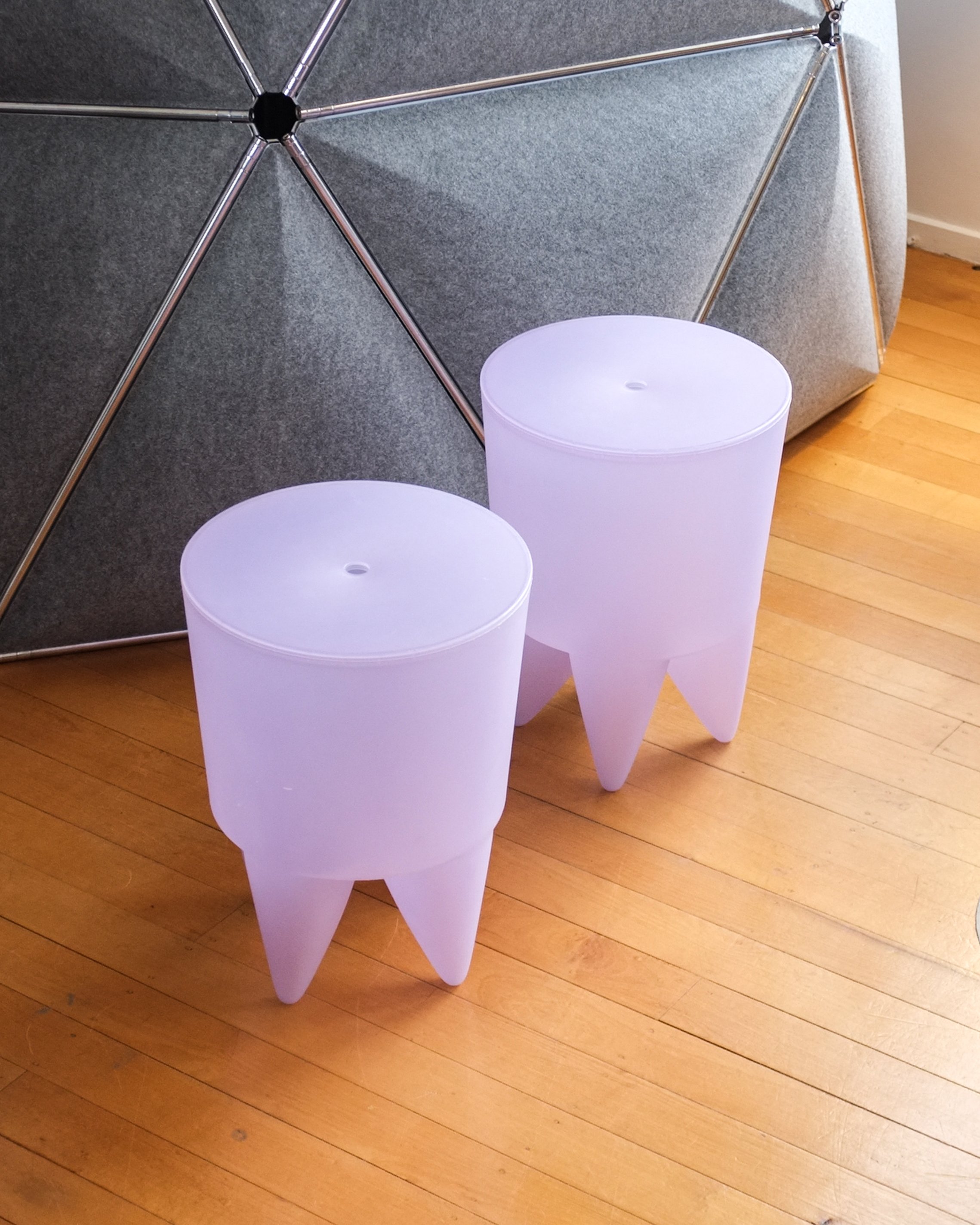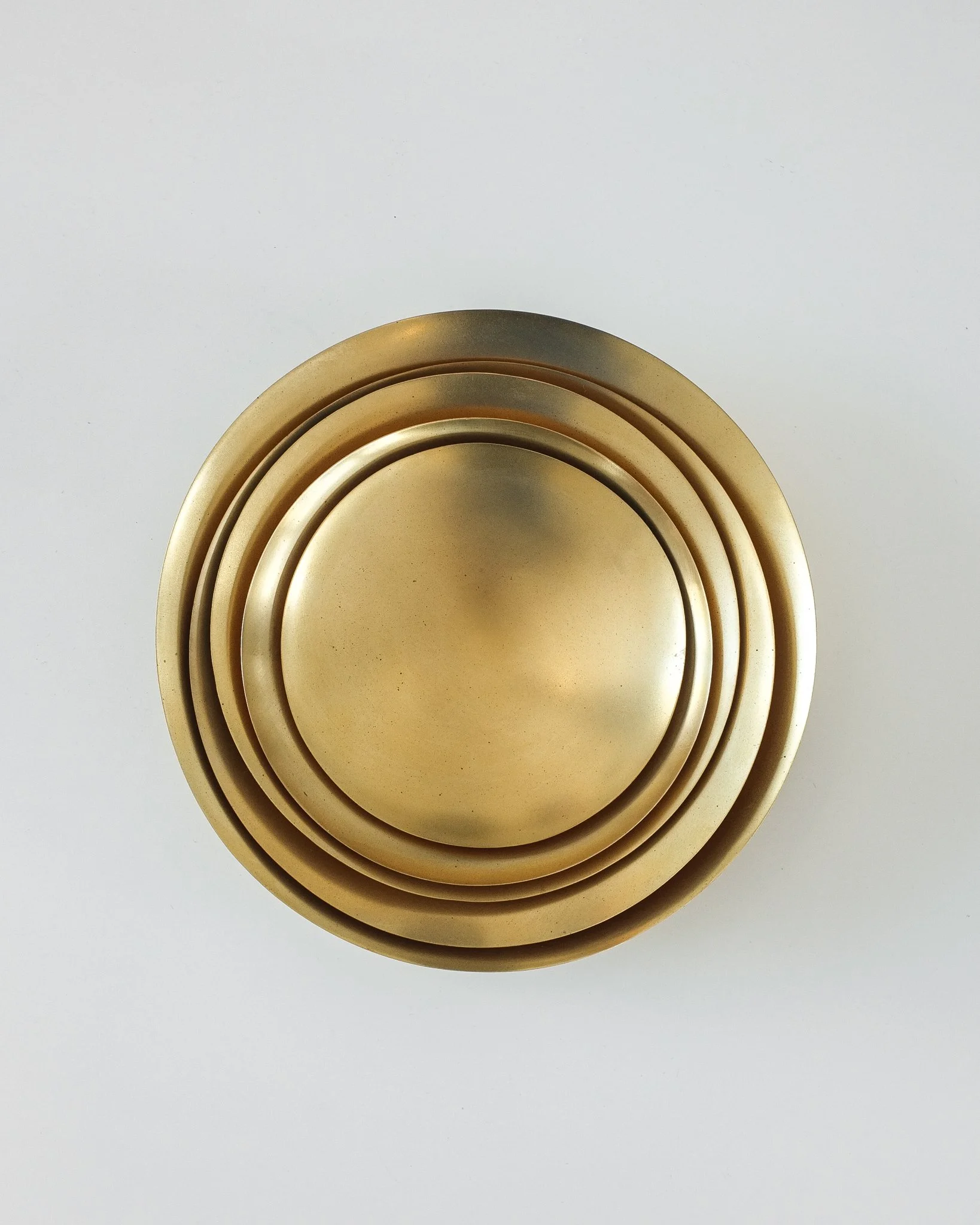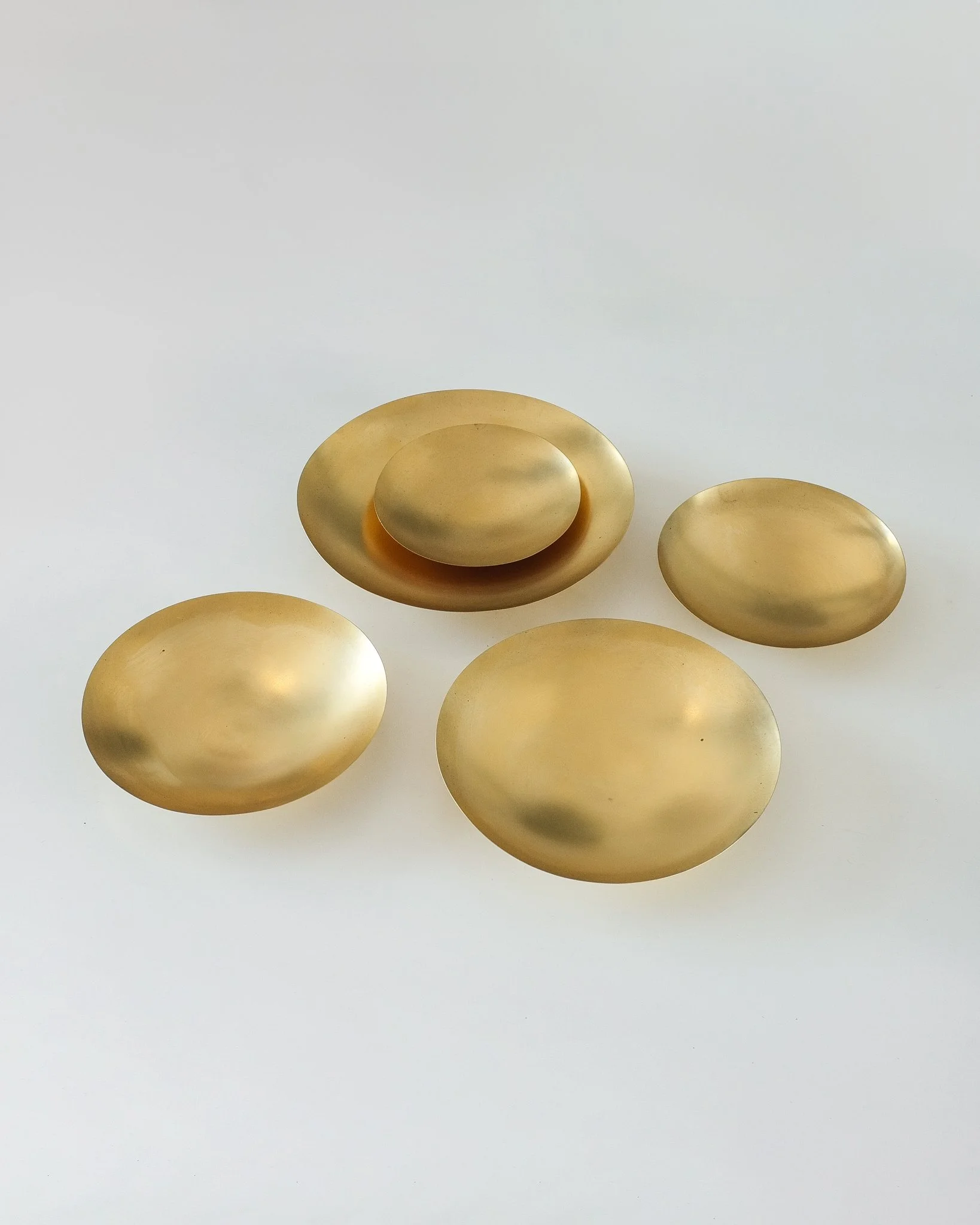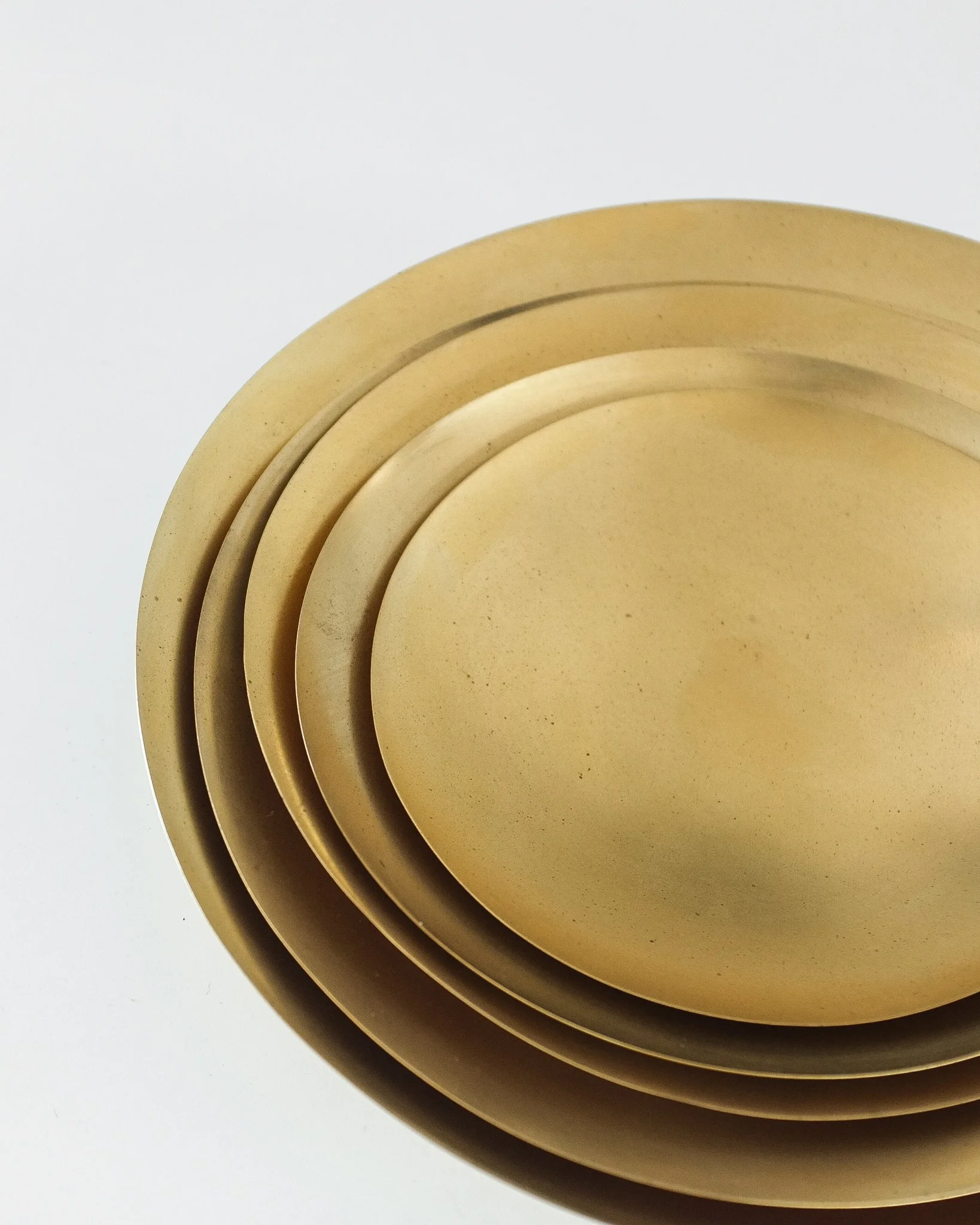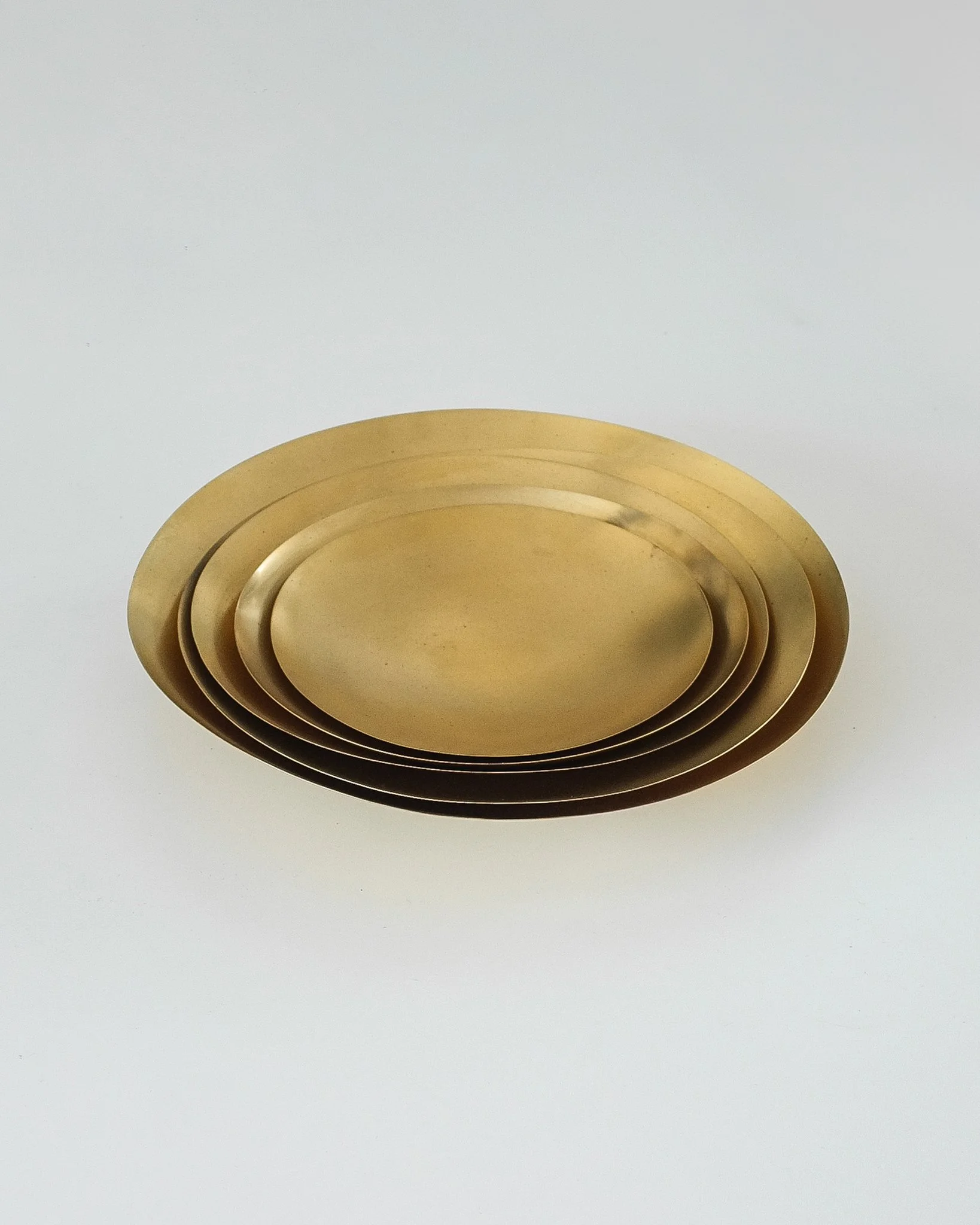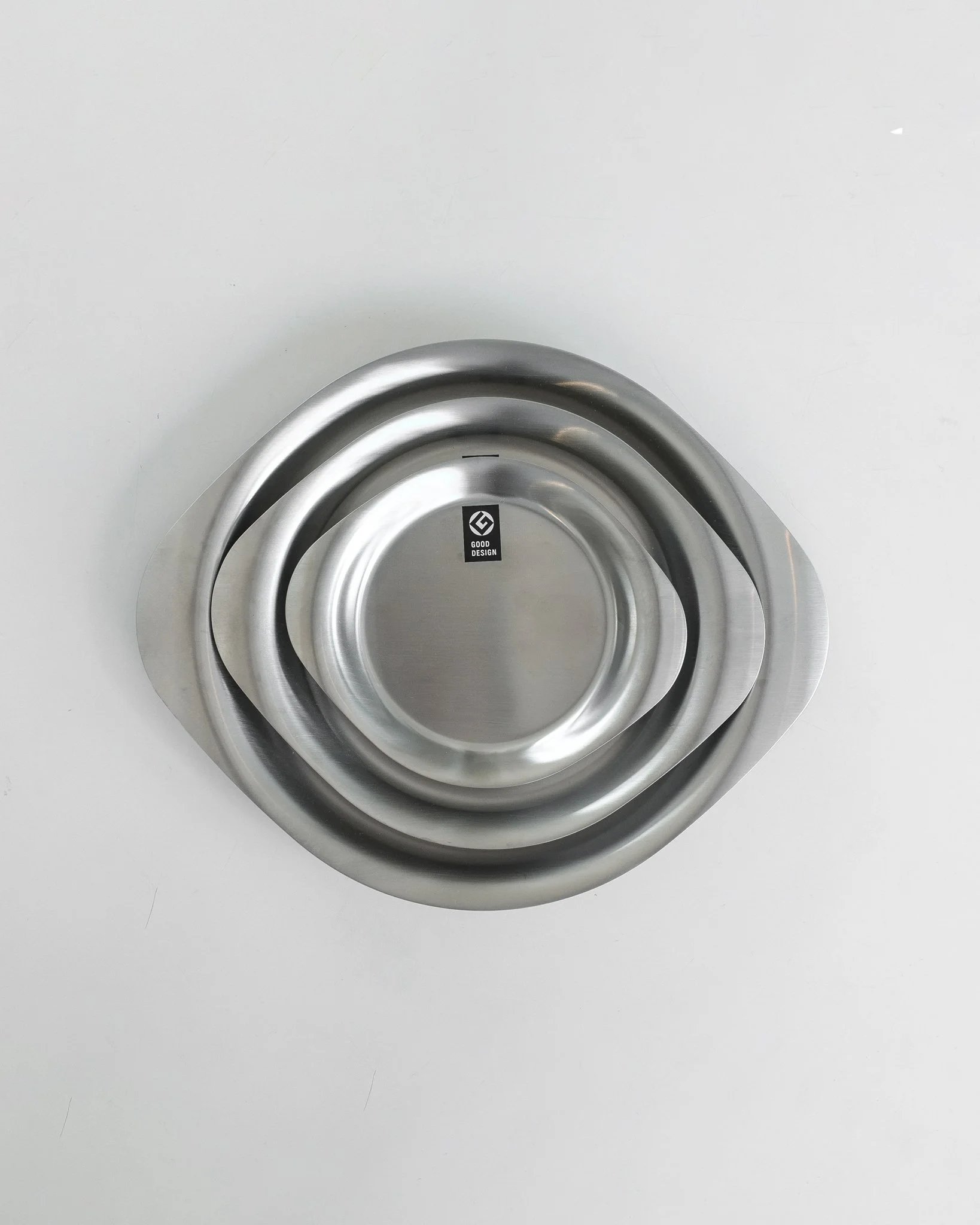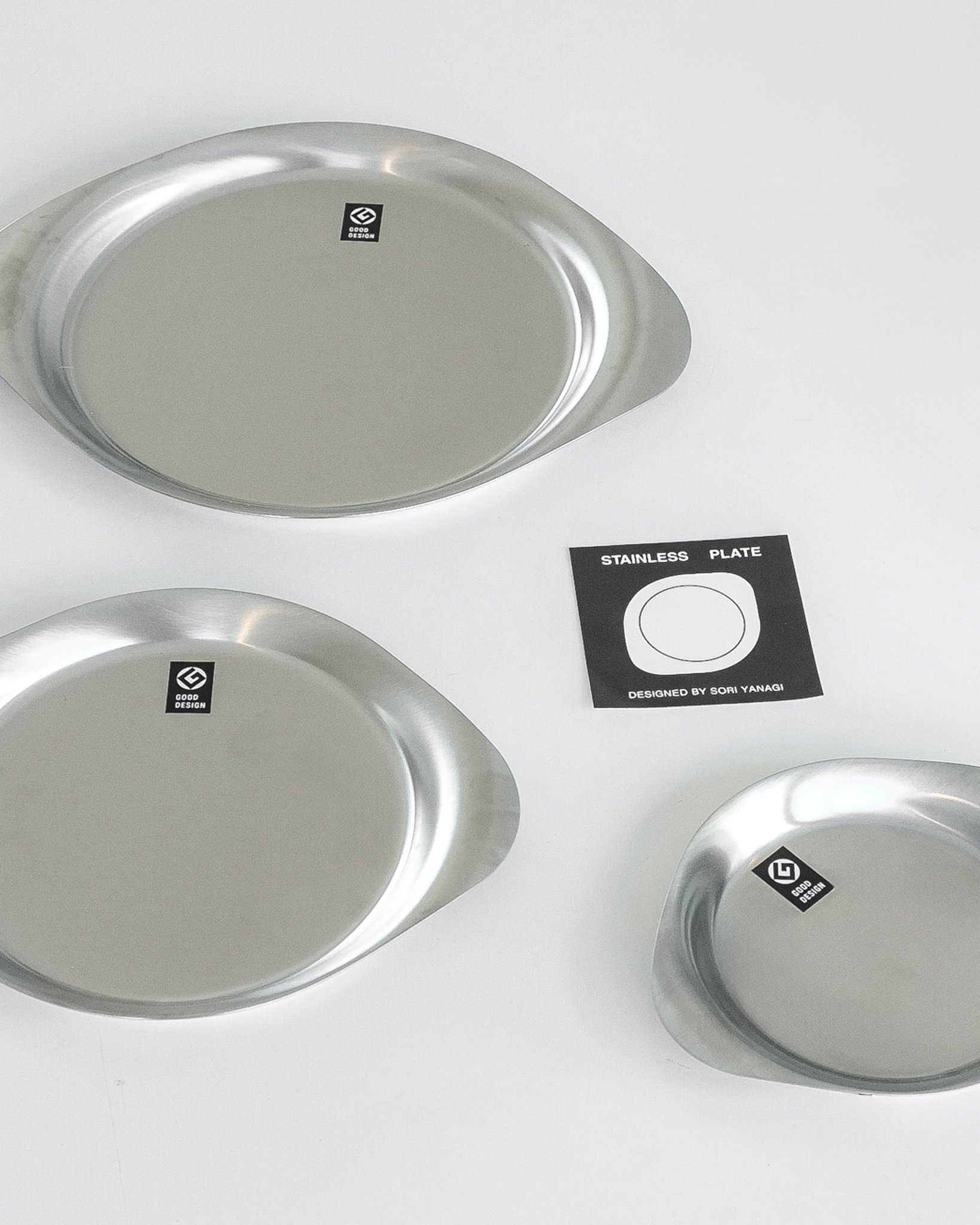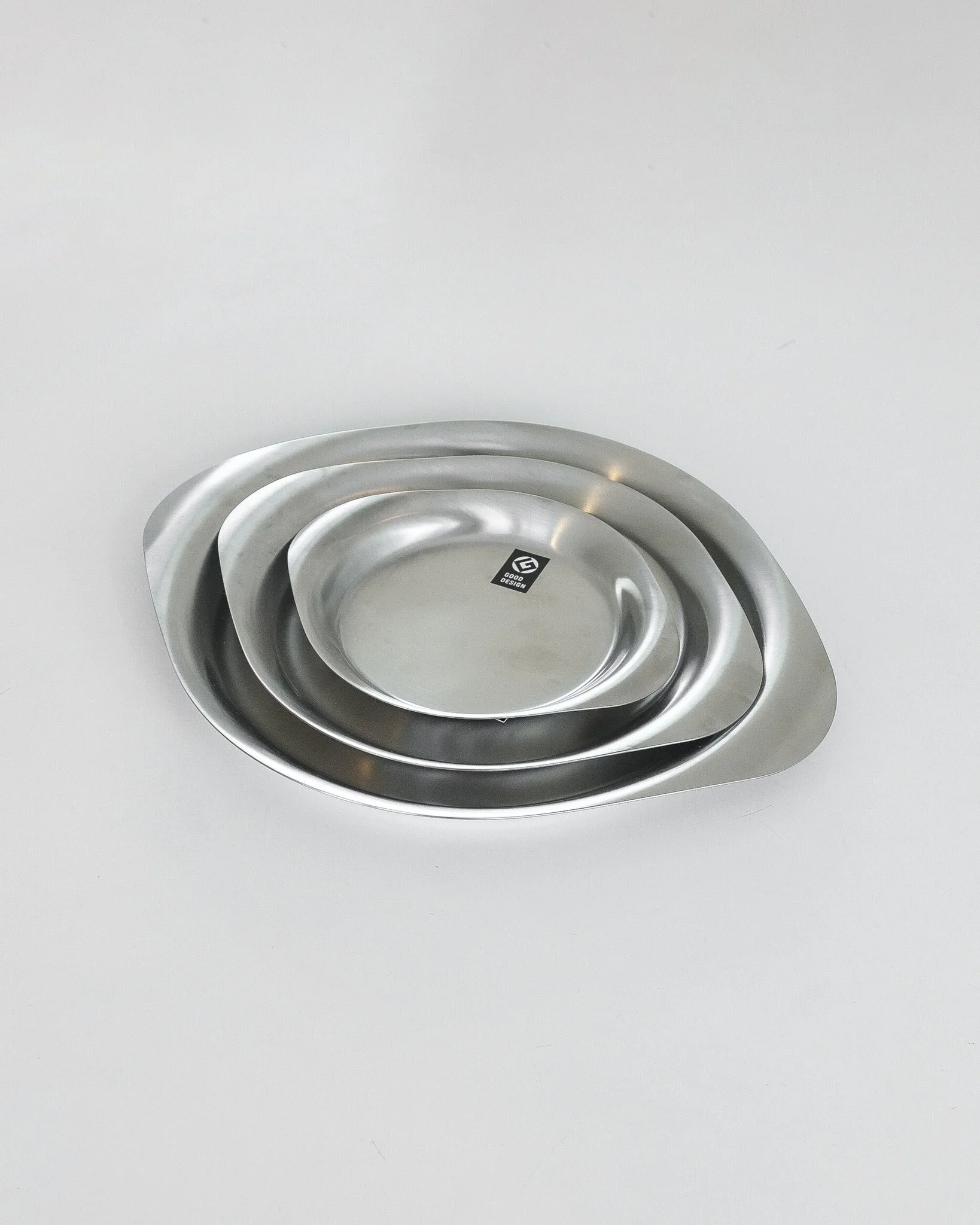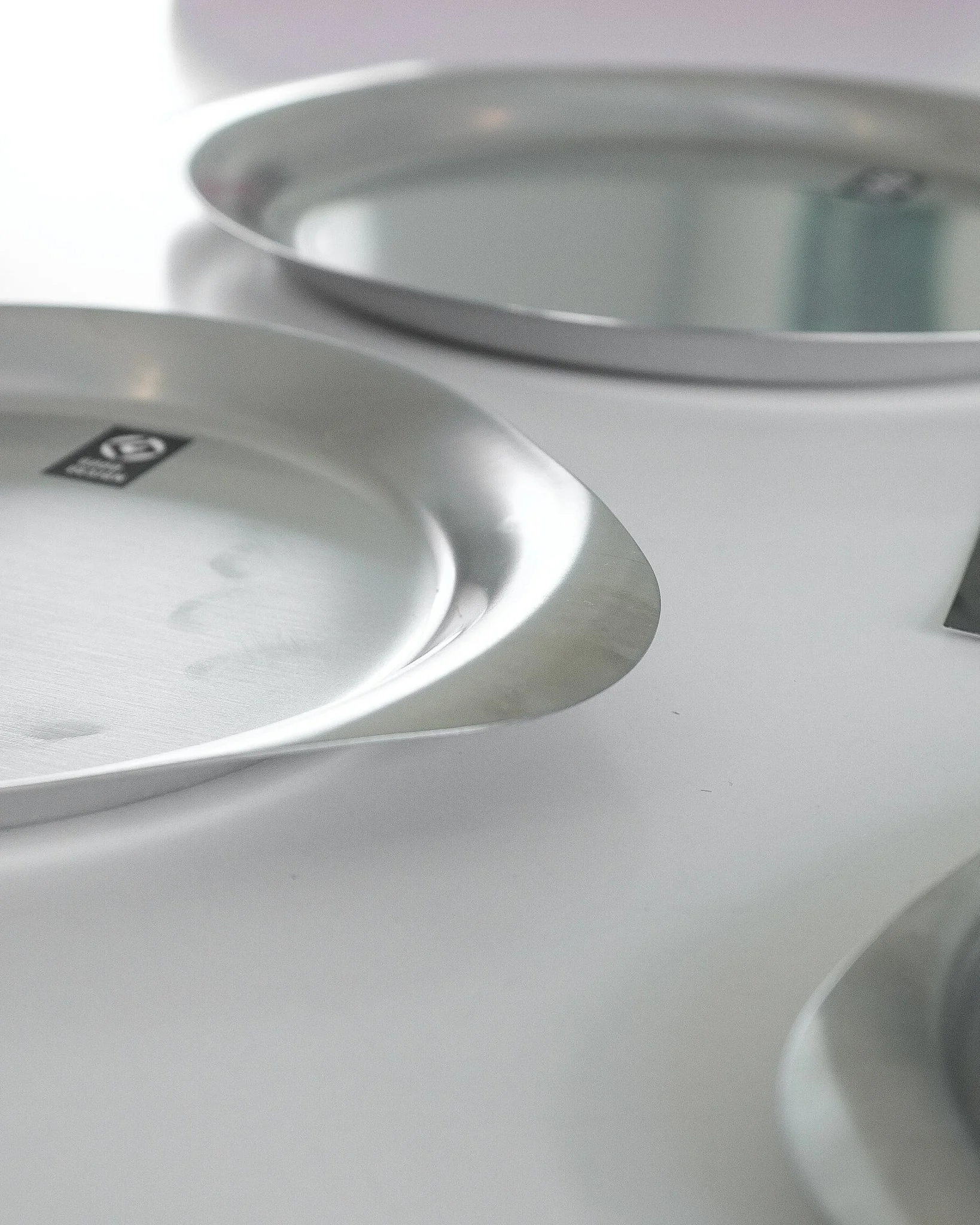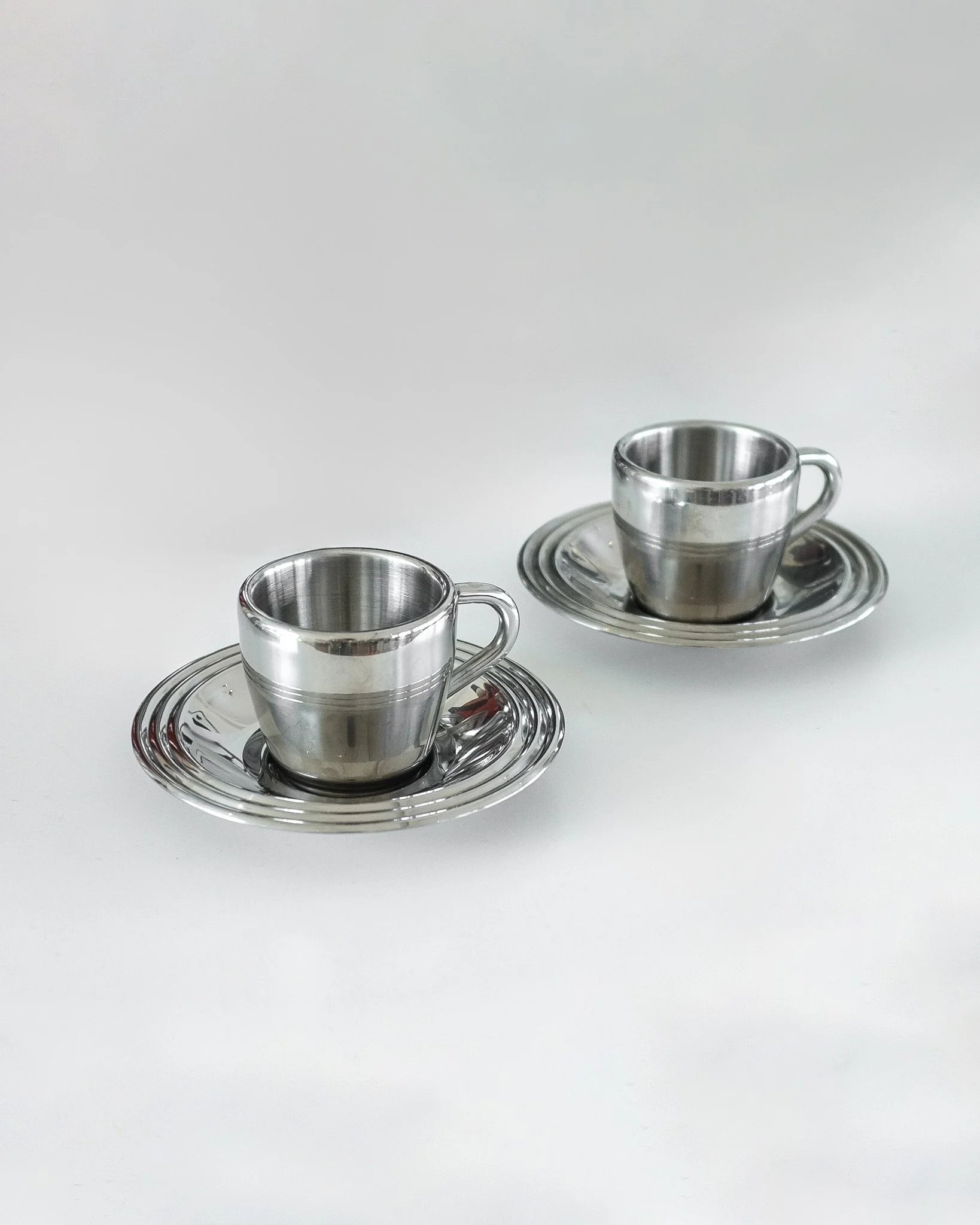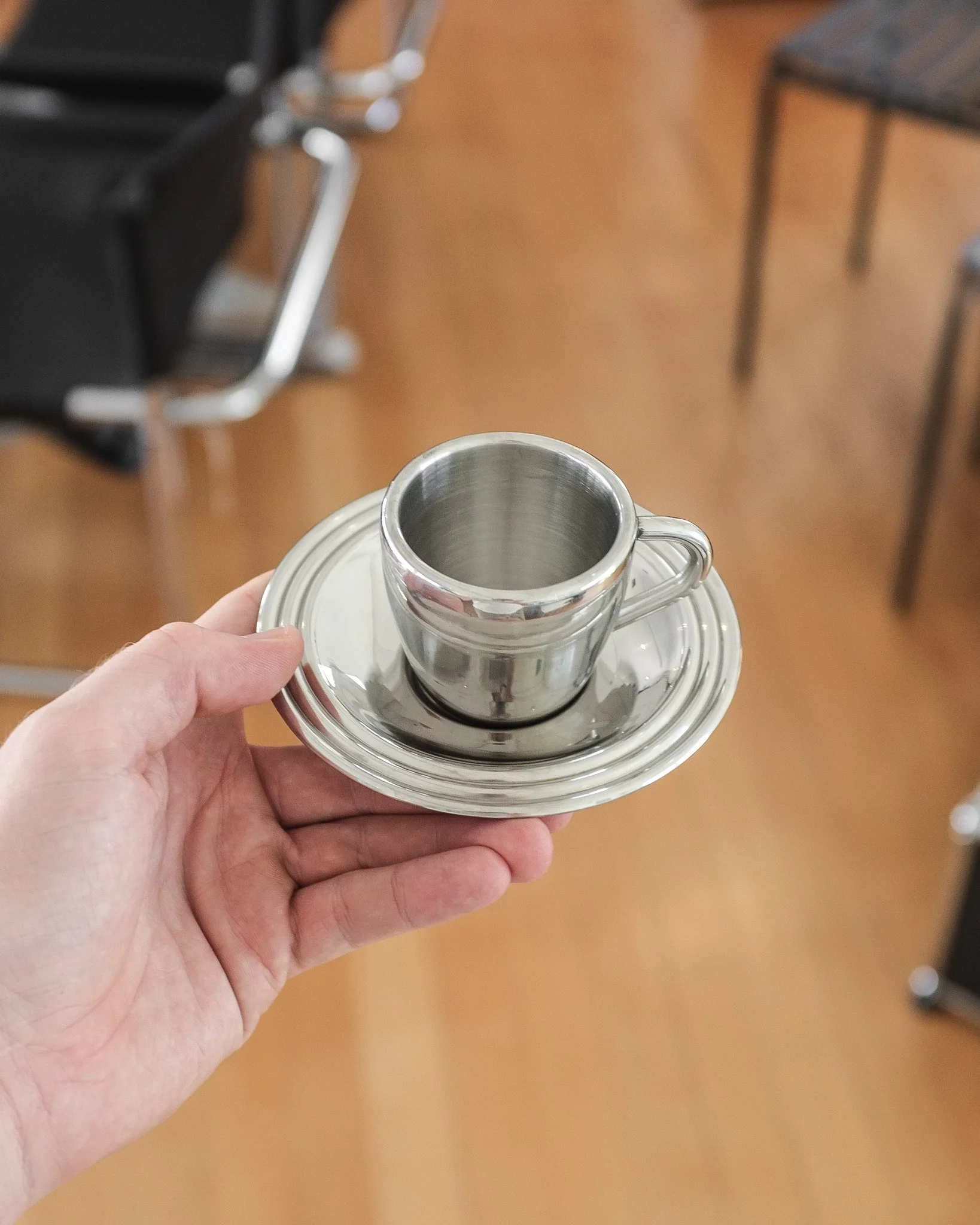 Image 1 of 3
Image 1 of 3

 Image 2 of 3
Image 2 of 3

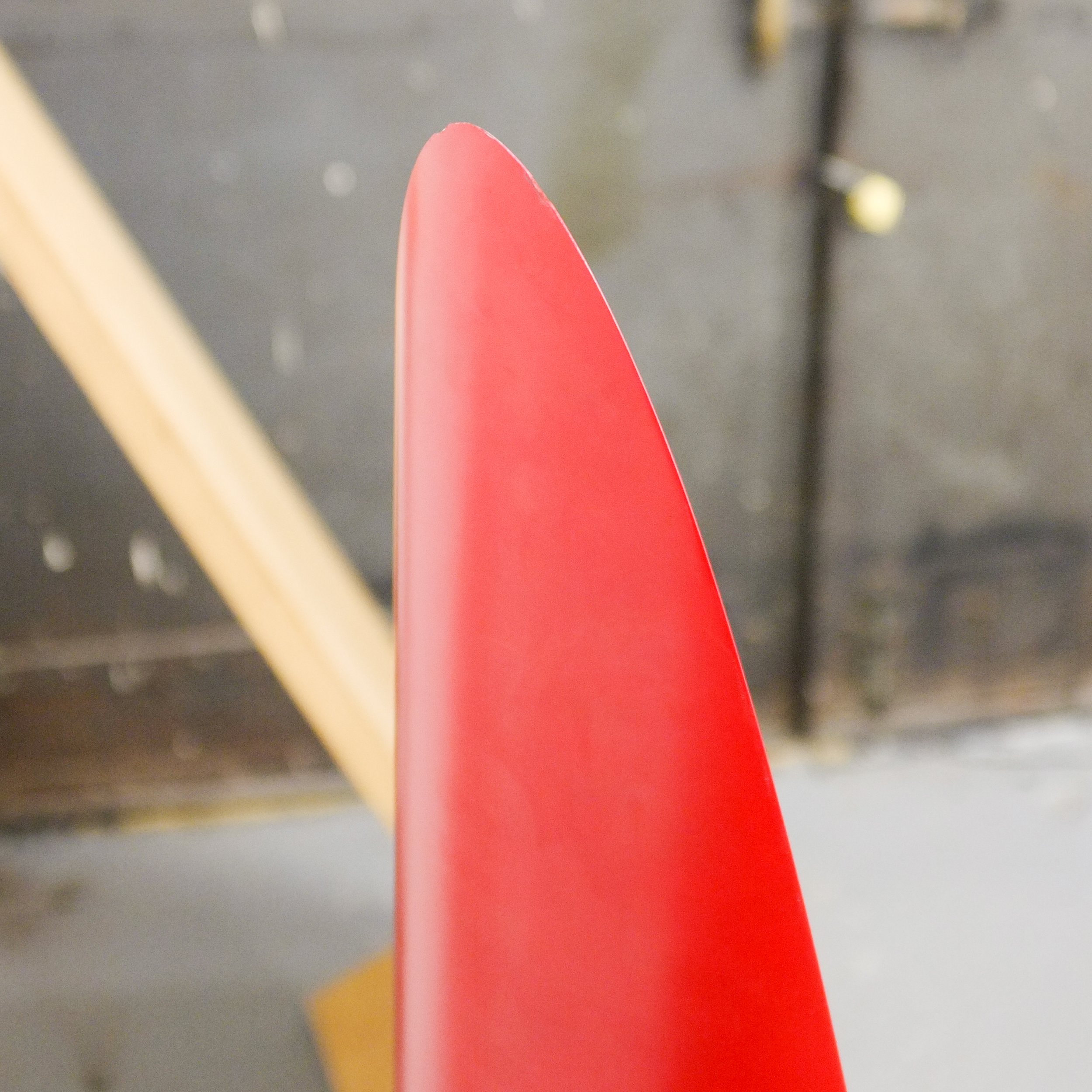 Image 3 of 3
Image 3 of 3




Vintage Red 'Unghia' Mirror
Designer: Rodolfo Bonetto (in the style of)
Maker: Unknown
Year: 1970s
Size: H 1510 x D/W 250
Condition Report: Good vintage condition. Two shallow dents to the top edge. One 7cm circle of tarnishing on the mirror itself, both only visible up close. Reach out for detailed images.
.
A vintage ‘Unghia’ Mirror (meaning nail in Italian), also referred to as the ‘Lipstick’ mirror due to it’s pointed shape. Striking a perfect balance of aesthetics and function, the cleverly slanted mirror allows for a full head to toe reflection while standing closer than you’d expect.
While there is no makers mark, the design was created by Rodolfo Bonetto in Italy, yet often attributed to Roger Lecal who produced a very similar piece in the 70s.
Designer: Rodolfo Bonetto (in the style of)
Maker: Unknown
Year: 1970s
Size: H 1510 x D/W 250
Condition Report: Good vintage condition. Two shallow dents to the top edge. One 7cm circle of tarnishing on the mirror itself, both only visible up close. Reach out for detailed images.
.
A vintage ‘Unghia’ Mirror (meaning nail in Italian), also referred to as the ‘Lipstick’ mirror due to it’s pointed shape. Striking a perfect balance of aesthetics and function, the cleverly slanted mirror allows for a full head to toe reflection while standing closer than you’d expect.
While there is no makers mark, the design was created by Rodolfo Bonetto in Italy, yet often attributed to Roger Lecal who produced a very similar piece in the 70s.

